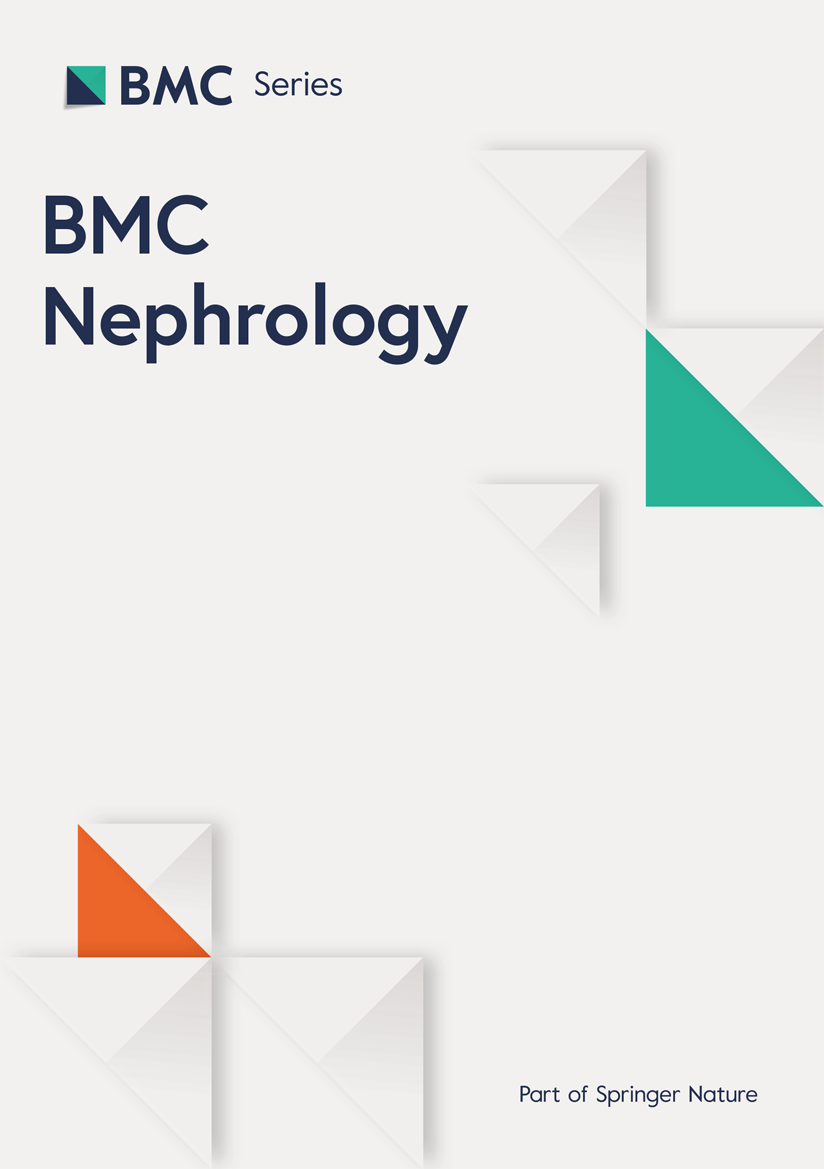NephroBlog: Pruritus and Hemodialysis
Published in General & Internal Medicine

Patients with end-stage kidney disease on hemodialysis can have many different symptoms that affect their quality of life. While seeing patients in the dialysis unit, I often see many similar symptom complaints from patients. Complaints from patients on hemodialysis include post-dialysis fatigue (need to take a nap after dialysis, no energy to run errands, etc.), muscle cramps (at night, right after dialysis), and pruritus. Pruritus is the medical term for itchy skin that can affect the quality of life of a person. The pathophysiology of chronic kidney disease-associated pruritus (also known as hemodialysis-associated pruritus or uremic pruritus) is thought to be multifactorial: a combination of demographic, biologic, neuropathic, and psychogenic factors. One theory suggest interleukin-1 as a biological causes of pruritus. The pruritus is often worse at night and affects sleep quality in these patients.
Daraghmeh et al. published a cross-sectional study examining pruritus and sleep problems among hemodialysis patients in four different centers in Palestine. Using the 5-D itching score for pruritis and the Pittsburgh Sleep Quality Index (PSQI) score for sleep disturbances. Of the 250 participants, there were 121 with complaints of pruritus and 21% patients with severe symptoms. About 66% were classified as poor sleepers on the PSQI. Regression analysis showed that the 5-D itching score and the total number of comorbidities were significantly associated with the PSQI score, demonstrating that poor sleep quality is often due to pruritus.
A prior publication by Orasan et al. found that pruritus and poor sleep quality can significantly affect survival in this population. Survival differences were found in the 170 patients treated with hemodialysis or hemodiafiltration subdivided as having both pruritus/insomnia, pruritus alone, insomnia alone, or neither symptom. Survival at 20 months was lower in those patients with both pruritus and insomnia, highlighting that these symptoms are beyond a minor annoyance.
Takahashi et al. reported on development of a treatment algorithm using topical medications for pruritus that has shown effective results. The proportion of patients with pruritus decreased significantly from 96.6% in 2009 to 66.8% in 2018 with the use of this algorithm. The algorithm consisted of treatment with moisturizers alone; moisturizer and topical steroids; moisturizer, topical steroids and Nalfurafine; and moisturizer and Nalfurafine. Nalfurafine, which can be intravenous or orally administered, is a kappa opioid receptor agonist but unfortunately it is not available in the all countries. A newer agent, Difelikefalin, also a kappa opioid receptor agonist is showing promise. This medication is administered into the venous line of the dialysis circuit at each hemodialysis session.
Use of moisturizers applied several times a day is an important part of pruritus treatment. If there is no relief, adding a topical steroid or the addition of antihistamines, or agents to address neuropathy such as gabapentin or pregabalin are potential next steps. With the emergence of new medications like Difelikefalin this opens the door to some potentially better treatment algorithms.
The incessant itching does not just effect our patient’s quality of life but also their risk of survival. What is your treatment algorithm for chronic kidney disease-associated pruritus?
- Dr. Daphne Knicely
BMC Nephrology
Follow the Topic
-
BMC Nephrology

This is an open access journal publishing original peer-reviewed research articles in all aspects of the prevention, diagnosis and management of kidney and associated disorders, as well as related molecular genetics, pathophysiology, and epidemiology.
Related Collections
With Collections, you can get published faster and increase your visibility.
Vascular control and renal blood flow regulation
BMC Nephrology is calling for submissions to our Collection on Vascular control and renal blood flow regulation.
This Collection aims to explore the intricate relationships between vascular control and renal blood flow regulation, highlighting current research and advancements in this critical area.
Advances in the field have significantly enhanced our understanding of renal vascular dynamics and their implications for various kidney disorders, such as hypertension, chronic kidney disease, and acute kidney injury. Recent studies have focused on the molecular pathways involved in renal perfusion regulation, including the role of nitric oxide, prostaglandins, and endothelial function. By unraveling these complex interactions, researchers have begun to develop novel therapeutic strategies aimed at improving renal blood flow and preventing renal injury, thereby enhancing patient outcomes.
Future research in this domain holds promise for identifying new biomarkers and therapeutic targets that can lead to more effective interventions for renal diseases. As our understanding of renal circulation deepens, it is likely that innovative approaches will emerge, such as personalized medicine strategies that account for individual variations in renal vascular responses. Additionally, advancements in imaging techniques and computational modeling may provide unprecedented insights into renal blood flow regulation, facilitating better clinical decision-making.
Topics of interest include, but are not limited to:
Mechanisms of renal blood flow regulation
Impact of renal vascular dynamics on kidney disease
Role of endothelial function in renal perfusion
Advances in renal circulation imaging
This Collection supports and amplifies research related to SDG 3 (Good Health and Well-being).
All manuscripts submitted to this journal, including those submitted to collections and special issues, are assessed in line with our editorial policies and the journal’s peer review process. Reviewers and editors are required to declare competing interests and can be excluded from the peer review process if a competing interest exists.
Publishing Model: Open Access
Deadline: Mar 19, 2026
Novel therapies for glomerular diseases
BMC Nephrology invites submissions to our Collection on Novel therapies for glomerular diseases.
Glomerular diseases encompass a diverse group of disorders that affect the kidney's filtering units, leading to significant morbidity and mortality. These conditions, which include focal segmental glomerulosclerosis, minimal change disease, and IgA nephropathy, have traditionally posed challenges in terms of effective treatment options. Recent advancements in our understanding of the underlying pathophysiology and the introduction of novel therapeutic modalities, such as targeted biologics and small molecules, present new avenues for intervention. This Collection invites contributions that explore these innovative therapies and their potential to transform the management of glomerular diseases.
Advances in clinical research have led to promising developments, including the successful completion of several clinical trials that evaluate the efficacy of new agents. These therapies not only aim to improve patient outcomes but also focus on personalized treatment approaches that consider individual patient characteristics. By fostering collaboration among researchers, clinicians, and industry partners, we can enhance our understanding and management of these complex conditions. Continued research in this field has the potential to yield groundbreaking discoveries that could redefine treatment paradigms for glomerular diseases.
Topics of interest for this Collection include, but are not limited to:
Novel therapeutic agents in glomerular diseases
Clinical trials of innovative treatments
Impact of new therapies on patient outcomes
Personalized treatment approaches for glomerular disorders
This Collection supports and amplifies research related to SDG 3: Good Health and Well-being and SDG 9: Industry, Innovation, and Infrastructure.
All manuscripts submitted to this journal, including those submitted to collections and special issues, are assessed in line with our editorial policies and the journal’s peer review process. Reviewers and editors are required to declare competing interests and can be excluded from the peer review process if a competing interest exists.
Publishing Model: Open Access
Deadline: Jun 30, 2026





Please sign in or register for FREE
If you are a registered user on Research Communities by Springer Nature, please sign in